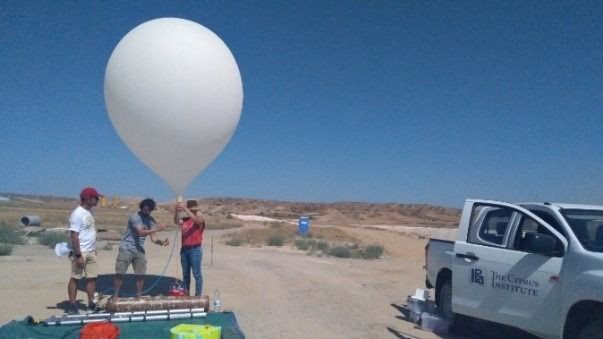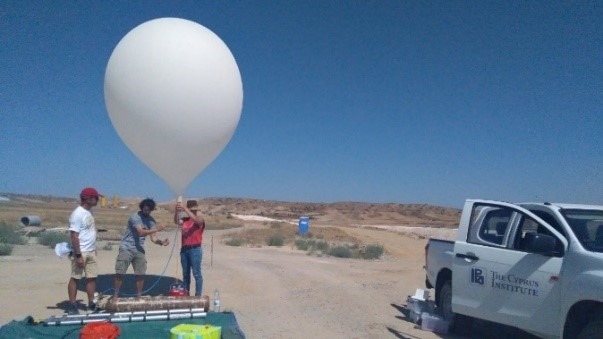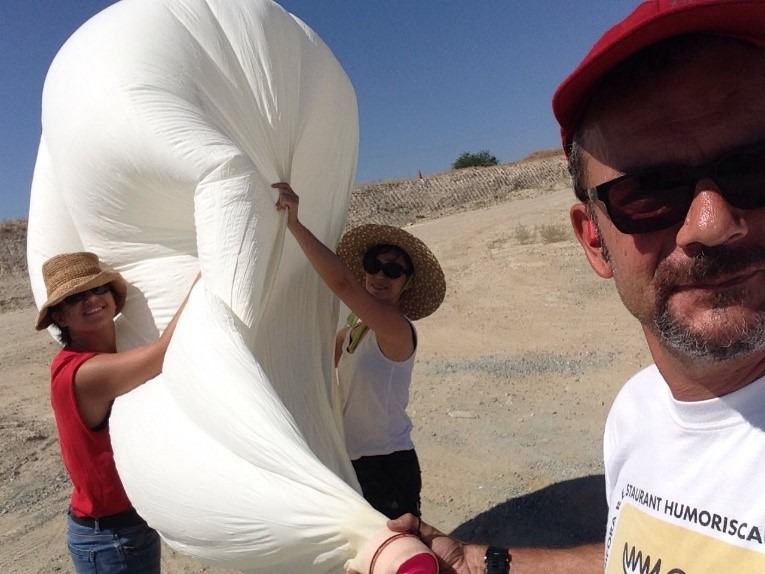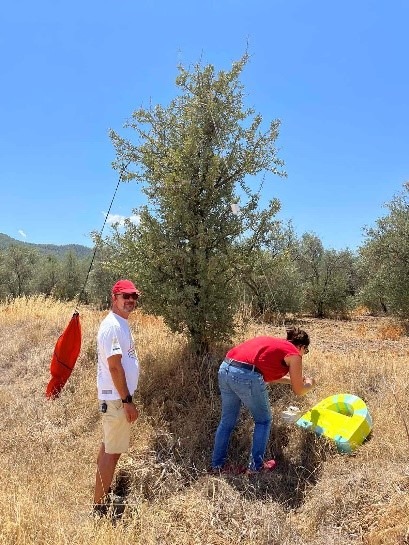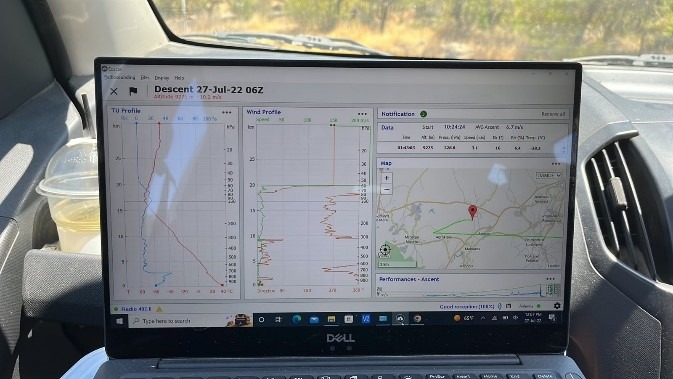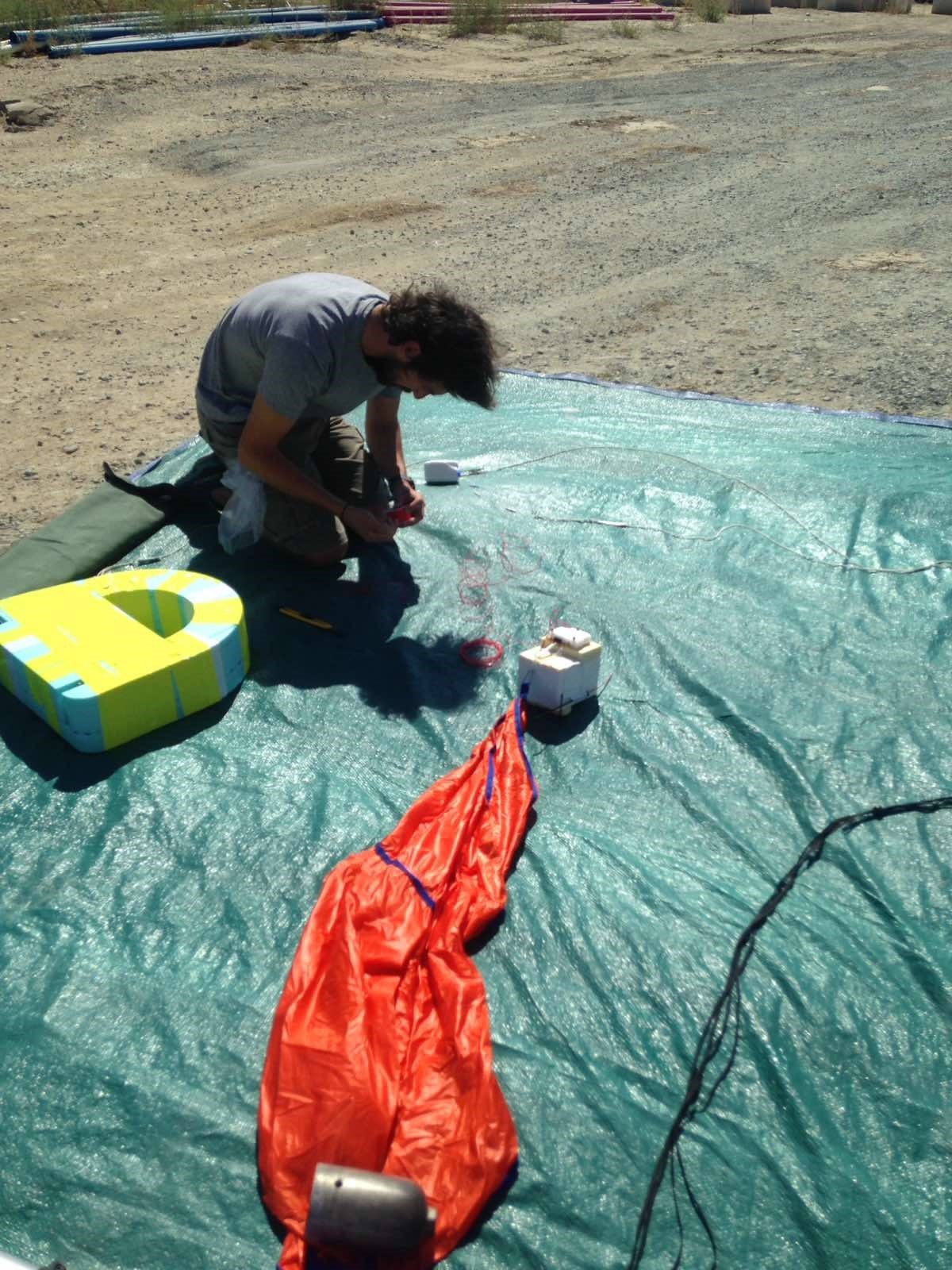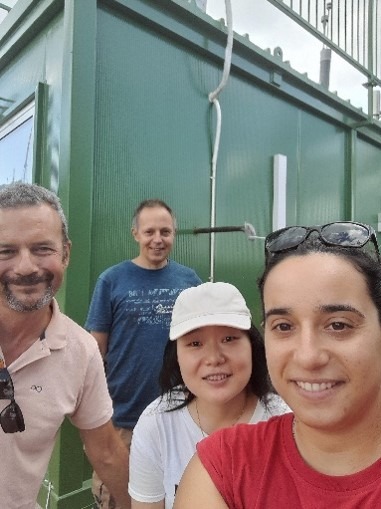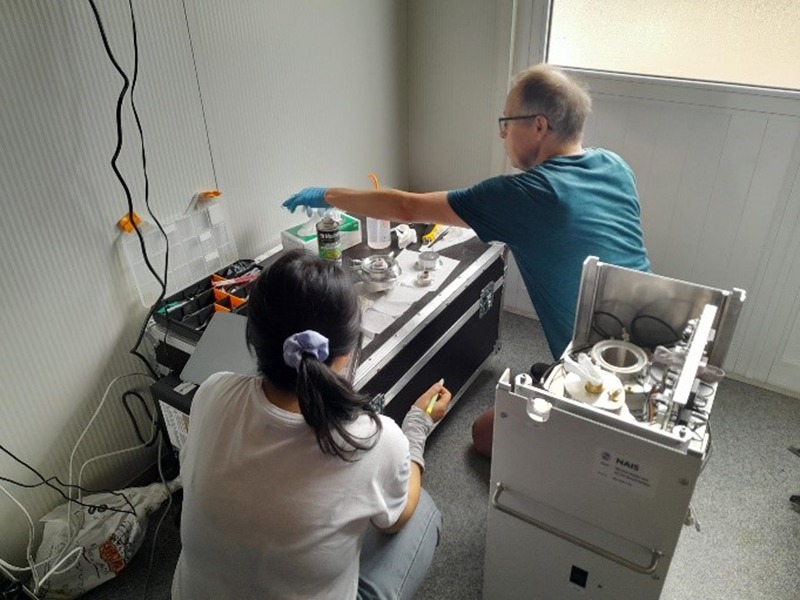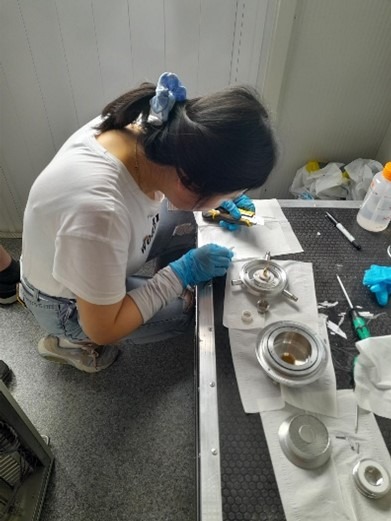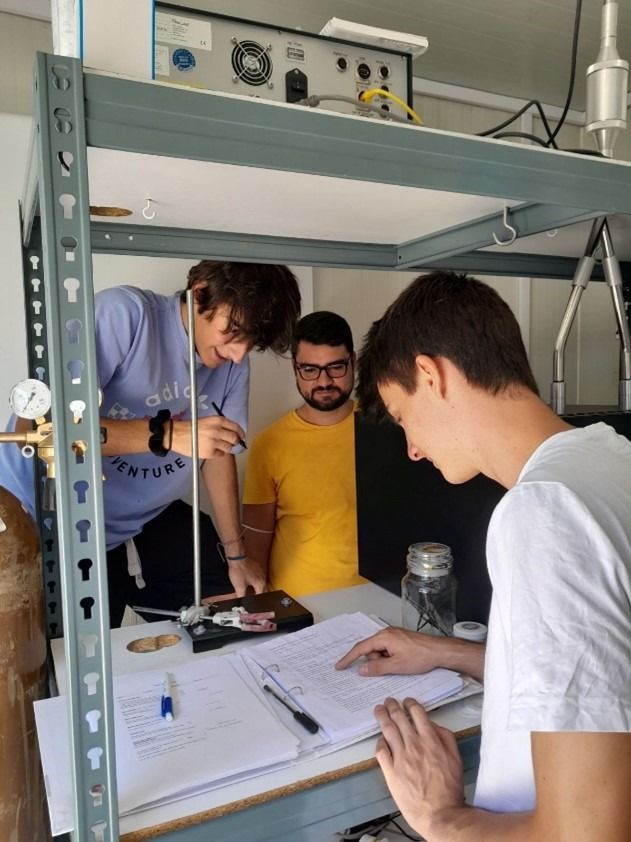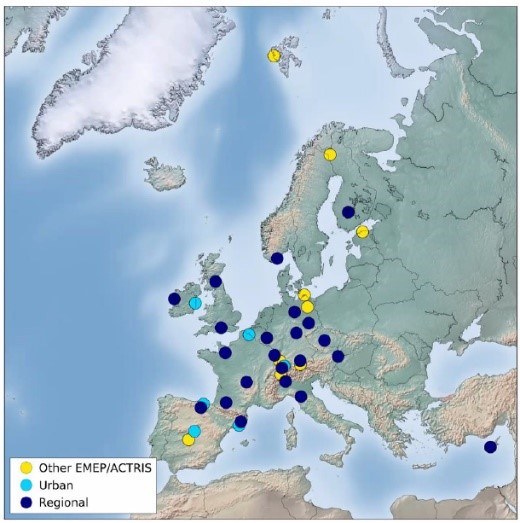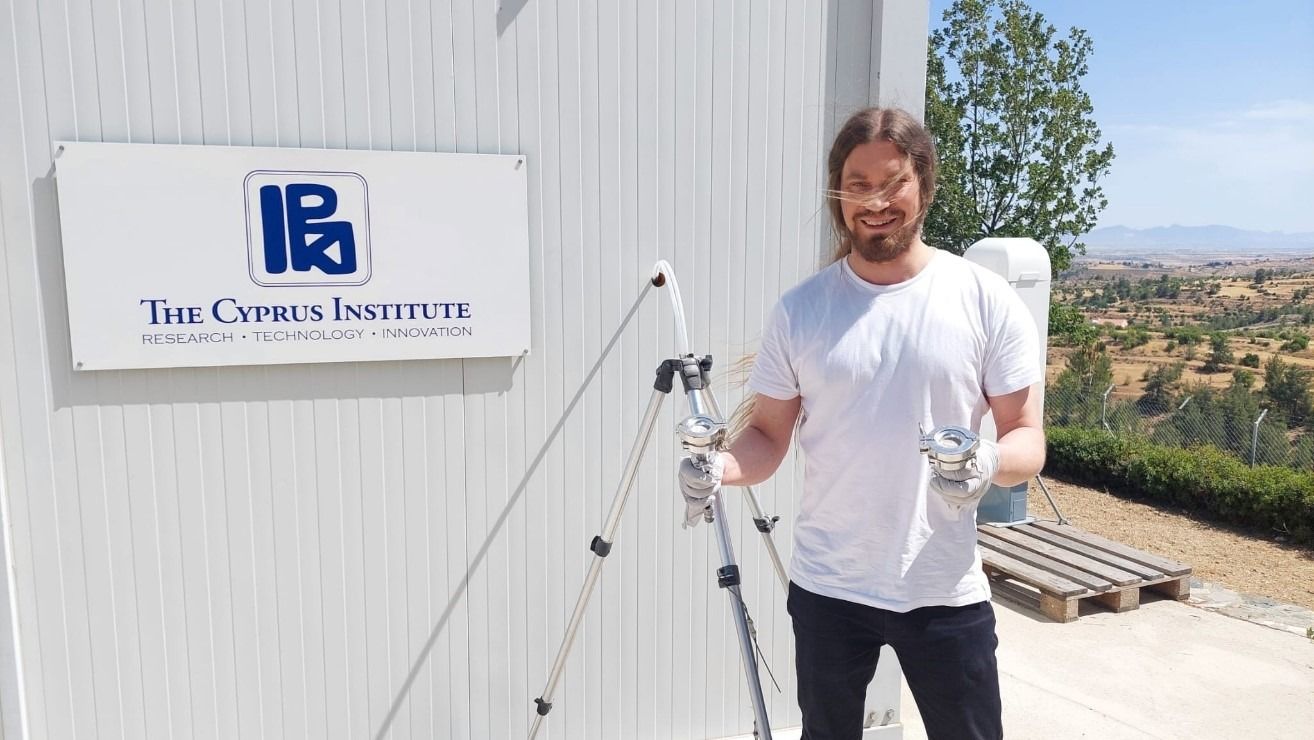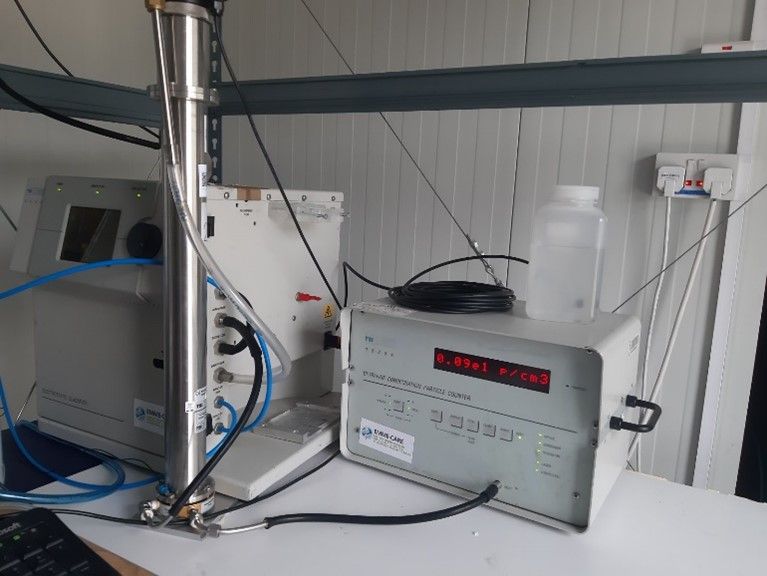Prof Tuija Jokinen of CARE-C at the 25th Annual Air Ion and Aerosol Workshop in Pühajärve, Estonia
CARE-C assistant professor Tuija Jokinen represented the Environmental Observations department in Estonia at the 25th Annual Air Ion and Aerosol Workshop, a 3-day workshop focusing on Air Ions and Aerosol observations and their measurement technologies. The workshop brought together atmospheric cluster and ion researchers, and in particular, ion and mass spectrometer and particle counter users. It also hosted several trace gas, cluster, and nanoparticle discussions. Workshop goals included theory and measurement development, calibrations and maintenance, scientific discussions on user-selected topics, and future experiments.
Prof. Jokinen gave a presentation titled: “Air ions in Cyprus, from an urban setting to a mountain site” emphasizing the variability of air ion and aerosol measurement from the CAO stations around the island of Cyprus. She concluded that air ions of very small diameters (nanometre scales) are formed in Cyprus up to 80% of the days in spring time and that low-level dust events or cloudiness are inhibiting particle formation event. Composition of air ions in Cyprus is dominated by bisulphate ions (HSO4–) and its multimers. A lot of organic compounds are also detected during particle formation event and these events will be studies in details during the next years.
The importance of understanding air ions and aerosols arise from their direct effect on air pollution in regional level and their in-direct effect in scattering and absorbing solar radiation. Knowing how aerosols are formed in Cyprus will help us understanding air pollution and to mitigate it in the future.
Link to event: https://atmos.ut.ee/ionworkshop2024/




